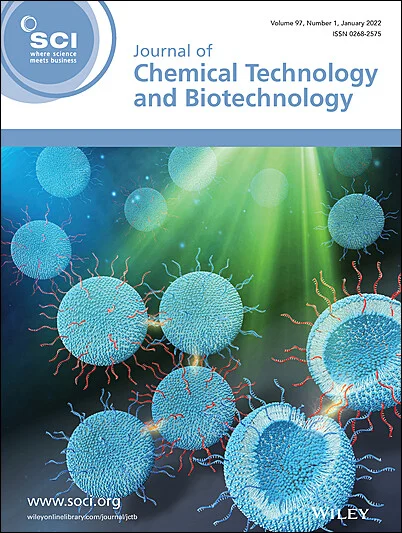Performance regulation of the TFC NF membrane via the introduction of oleic acid into different organic solvents
Abstract
BACKGROUND
Tailored design of high-performance nanofiltration membranes is desirable. The physicochemical properties of the organic phaseare essential for the preparation of nanofiltration membranes. Therefore, byfine-tuning the organic phase, it is possible to achieve nanofiltrationmembranes with enhanced performance.
RESULTS
In this work, oleic acid, a naturally extracted fatty acid, wasintroduced into three different organic solvents (n-heptane, n-octane andisopar G) to construct special oil phases for interfacial polymerization. Testingresults showed that proper dosage of oleic acid addition can effectivelydecrease the nanofiltration membrane pore size and enhance the salt rejectionregardless of the solvent type. Taking n-octane as example, 5% oleic acidaddition in it can decrease the mean pore size from 0.500 nm to 0.341 nm and improve the MgSO4 rejection from 52.4% to 95.5%. Further characterizationindicated that the introduction of oleic acid into organic solvent cansignificantly reduce the interfacial tension and promote the diffusion of piperazinefrom aqueous phase to the oil phase. In addition, oleic acid could react with piperazineand produce some white particles that could be embed into the polyamide layer, thus altering the surface morphology.
CONCLUSION
In this work, a novel modified thin film composite nanofiltration membrane was prepared by a simple and controllable oleic acid assisted interfacial polymerization strategy, which exhibits good water permeability, solute selectivity and antifouling property. Without changing the existing process, our strategy opens up a simple, environmentally friendly and operable route for the synthesis of thin film composite nanofiltration membranes. © 2024 Society of Chemical Industry (SCI).

 求助内容:
求助内容: 应助结果提醒方式:
应助结果提醒方式:


